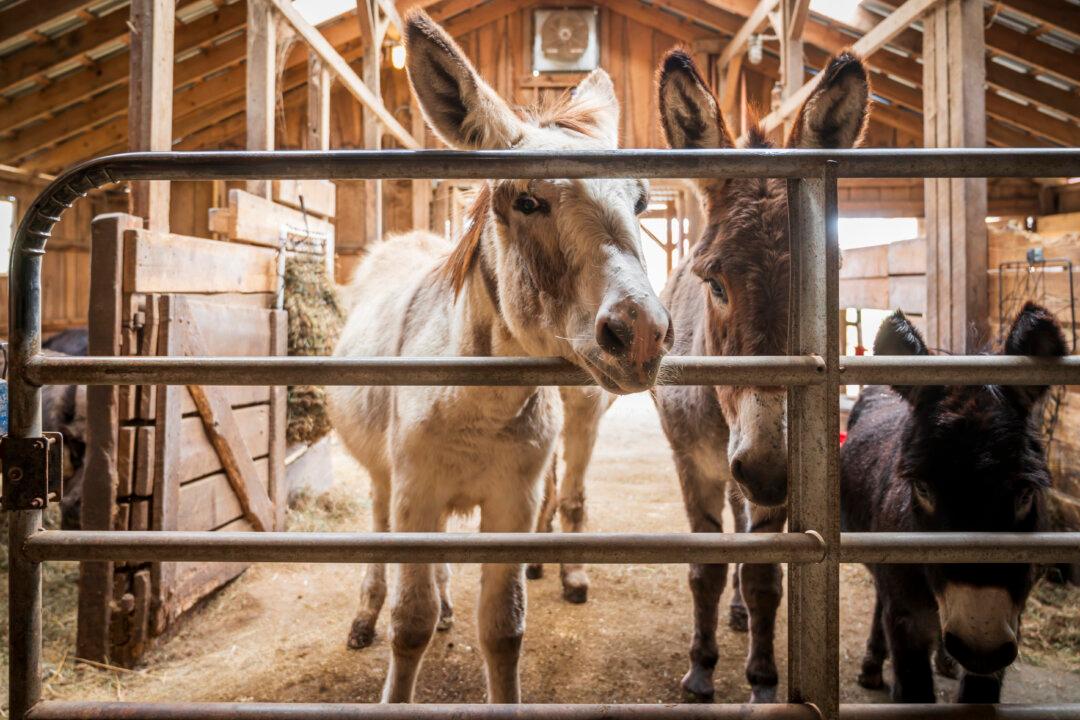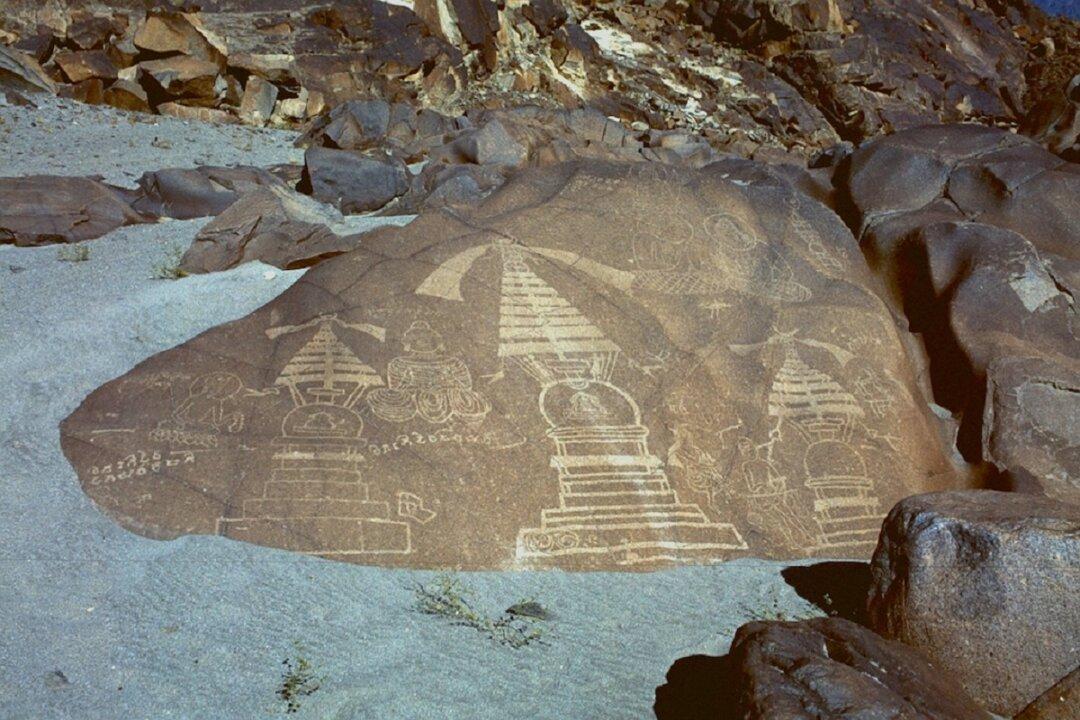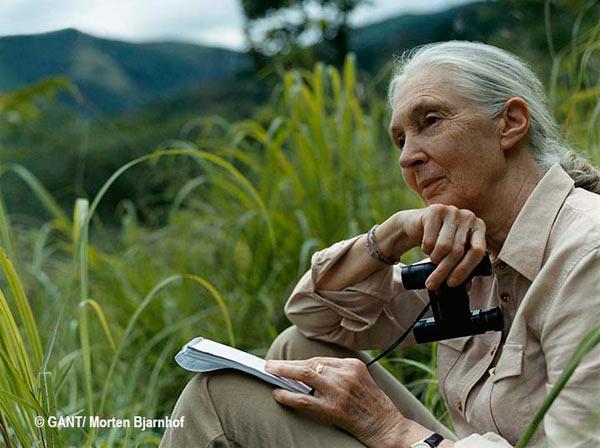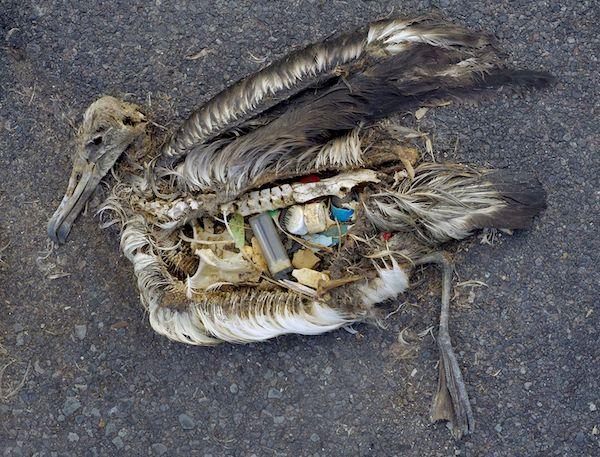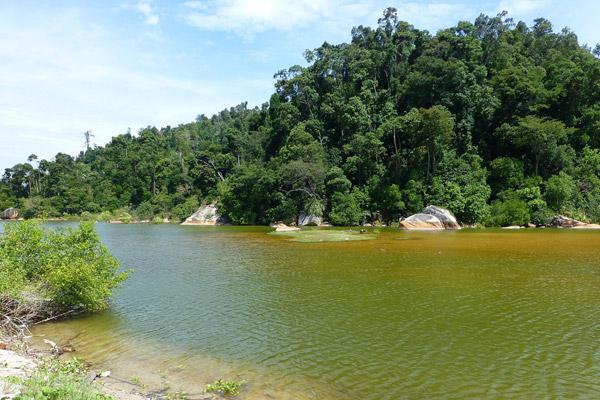Focus
preservation
Teens Take on Preservation Work at National Monuments
With the sun blazing overhead, the crew of Native American youth tries to work quickly. Their hands are covered with dry, cracked mud as they repair the stone walls that make up one of the more prominent cultural sites at Bandelier National Monument
|
What Does It Mean to Preserve Nature in the Age of Humans?
Is the Earth now spinning through the “Age of Humans?” More than a few scientists think so.
|
Jane Goodall Joins Mongabay for Conservation
Famed primatologist and conservationist Jane Goodall—whose image is known the world over—has joined the advisory board of mongabay.org. This is the non-profit branch of mongabay.com, an environmental and science website with a special focus on tropical forests.
|
5 Ways to Stop the World’s Wildlife Vanishing
Full marks to colleagues at the World Wildlife Fund and the Zoological Society of London for the “Living Planet Report 2014” and its headline message, which one hopes ought to shock the world out of its complacency: a 52 percent decline of wildlife populations in the past 40 years.
|
Rescuing the Ancient Buddhist Artifacts of the Yungang Grottoes
The Yungang Grottoes are ancient Chinese Buddhist temple grottoes near the city of Datong in the province of Shanxi.
|
Snakes: Keepers of the Ecological Balance
A lot of people really hate snakes, and yes, some of them have deadly venom, but they also keep rodent populations under control and out of farmer’s grains.
|
Deforestation Drives Tigers Into Contact With Humans
Conflicts between tigers and humans will continue to increase unless the destruction and loss of Sumatra’s forests is halted, warns Dr. Erni Suyanti Musabine, a wildlife conservation veterinarian with Indonesia’s Ministry of Forestry.
|
What Is the Problem With Our Oceans?
Have you been to the beach lately? Maybe you have noticed a few cans, some plastic bottles, and maybe some other debris and thought “it doesn’t matter, it’s just a few pieces.”
|
How Google Earth Images Could Help Save Amazonian Tribes
Monitoring the populations of “uncontacted” tribes via Google Earth satellite images may be a noninvasive way help insure the survival of indigenous Brazilian villages.
|
Malaysia Imperils Forest Reserves and Sea Turtle Nesting Ground for Industrial Site
“Although not very large in terms of area size, [Tanjung Hantu and neighboring Segari Melintang Permanent Forest Reserves are] one of the few forests left in the locality that is still somewhat intact and unfortunately, under-researched,” Nurul Salmi, a professor with Universiti Sains Malaysia.
|
Saving Rainforests by Buying Them
For more than twenty five years, an international non-profit known as the World Land Trust has been working to protect tropical forests through land purchase and partnerships with local groups.
|
Teens Take on Preservation Work at National Monuments
With the sun blazing overhead, the crew of Native American youth tries to work quickly. Their hands are covered with dry, cracked mud as they repair the stone walls that make up one of the more prominent cultural sites at Bandelier National Monument
|
What Does It Mean to Preserve Nature in the Age of Humans?
Is the Earth now spinning through the “Age of Humans?” More than a few scientists think so.
|
Jane Goodall Joins Mongabay for Conservation
Famed primatologist and conservationist Jane Goodall—whose image is known the world over—has joined the advisory board of mongabay.org. This is the non-profit branch of mongabay.com, an environmental and science website with a special focus on tropical forests.
|
5 Ways to Stop the World’s Wildlife Vanishing
Full marks to colleagues at the World Wildlife Fund and the Zoological Society of London for the “Living Planet Report 2014” and its headline message, which one hopes ought to shock the world out of its complacency: a 52 percent decline of wildlife populations in the past 40 years.
|
Rescuing the Ancient Buddhist Artifacts of the Yungang Grottoes
The Yungang Grottoes are ancient Chinese Buddhist temple grottoes near the city of Datong in the province of Shanxi.
|
Snakes: Keepers of the Ecological Balance
A lot of people really hate snakes, and yes, some of them have deadly venom, but they also keep rodent populations under control and out of farmer’s grains.
|
Deforestation Drives Tigers Into Contact With Humans
Conflicts between tigers and humans will continue to increase unless the destruction and loss of Sumatra’s forests is halted, warns Dr. Erni Suyanti Musabine, a wildlife conservation veterinarian with Indonesia’s Ministry of Forestry.
|
What Is the Problem With Our Oceans?
Have you been to the beach lately? Maybe you have noticed a few cans, some plastic bottles, and maybe some other debris and thought “it doesn’t matter, it’s just a few pieces.”
|
How Google Earth Images Could Help Save Amazonian Tribes
Monitoring the populations of “uncontacted” tribes via Google Earth satellite images may be a noninvasive way help insure the survival of indigenous Brazilian villages.
|
Malaysia Imperils Forest Reserves and Sea Turtle Nesting Ground for Industrial Site
“Although not very large in terms of area size, [Tanjung Hantu and neighboring Segari Melintang Permanent Forest Reserves are] one of the few forests left in the locality that is still somewhat intact and unfortunately, under-researched,” Nurul Salmi, a professor with Universiti Sains Malaysia.
|
Saving Rainforests by Buying Them
For more than twenty five years, an international non-profit known as the World Land Trust has been working to protect tropical forests through land purchase and partnerships with local groups.
|


